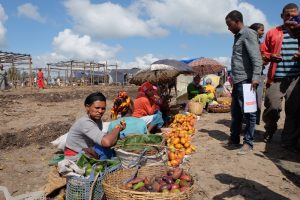ESSP Research Note 66: by Kibrom A. Abay, Bethelhem Koru, Gashaw Tadesse Abate, and Guush Berhane . Synopsis of Working Paper 100.
Abstract: What is the optimal size and composition of rural financial cooperatives (RFCs)? With this broad question in mind, we characterize alternative formations of RFCs and the implications of each in improving the access of rural households to financial services, including savings, credit, and insurance services. We find that some features of RFCs have varying implications for delivering various financial services. The size of RFCs is found to have a nonlinear relationship with the various financial services RFCs provide. We also show that compositional heterogeneity among members, including diversity in wealth, is associated with higher access to credit services, while this has limited effects on the savings behavior of members. Similarly, social cohesion among members is strongly associated with higher access to financial services. These empirical descriptions suggest that the optimal size and composition of RFCs may vary across the different domains of financial services that they are designed to facilitate. This evidence provides suggestive insights on how to ensure financial inclusion among smallholders, a priority among agricultural sector policy makers in developing countries, including Ethiopia. The results also provide some insights for the design of rural microfinance operations as they seek to satisfy members’ demand for various financial services. Download the PDF.
